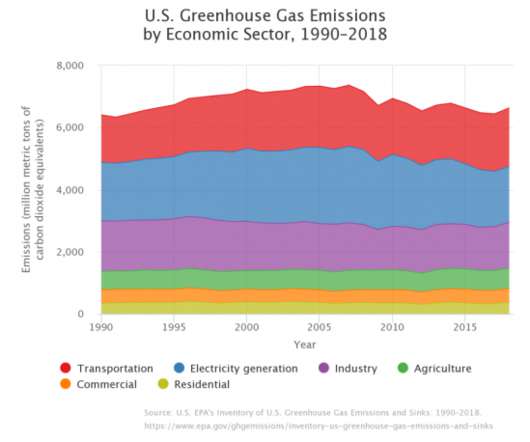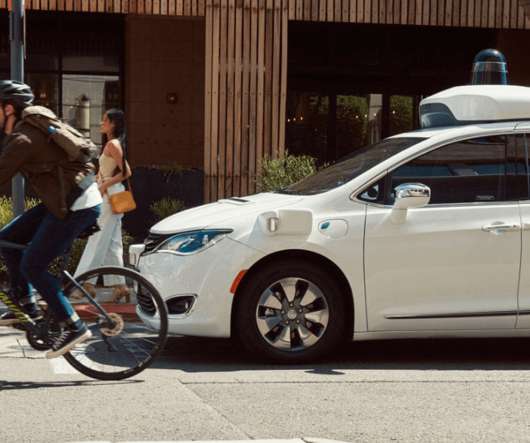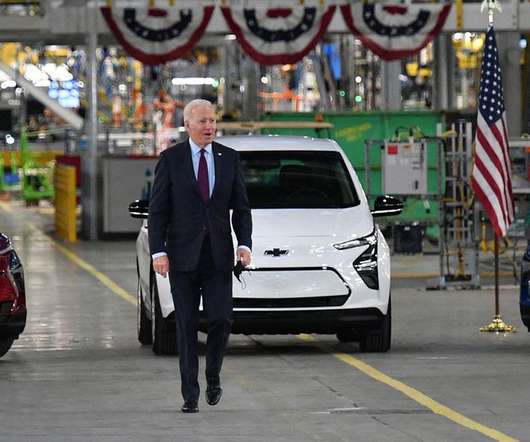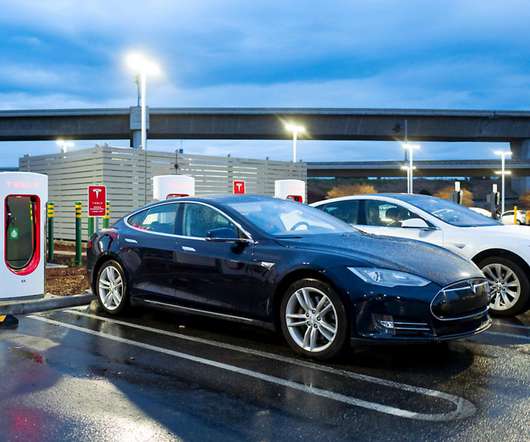EPA GHG Inventory shows US GHG down 1.7% y-o-y in 2019, down 13% from 2005
Green Car Congress
APRIL 17, 2021
Greenhouse gas emissions in 2019 (after accounting for sequestration from the land sector) were 13% below 2005 levels. While an increased demand for travel has led to increasing CO 2 emissions since 1990, improvements in average new vehicle fuel economy since 2005 has slowed the rate of increase of CO 2 emissions. from 2018 to 2019.































Let's personalize your content